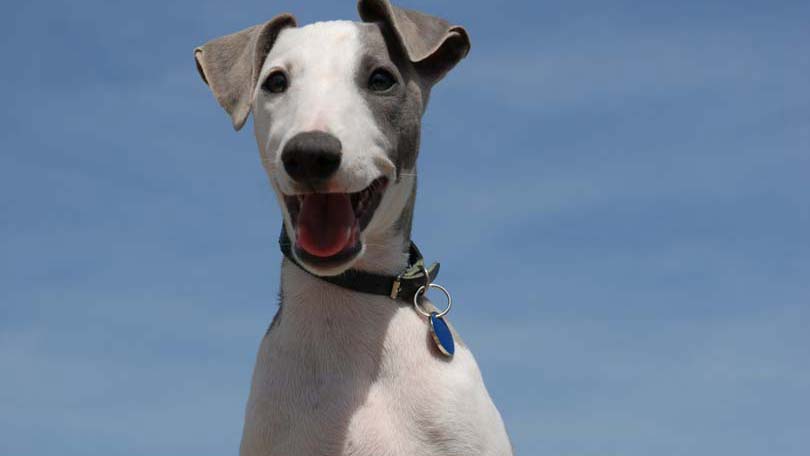
Dog lovers tend to fancy themselves as experts on canine communication. While dog lovers have a tendency to understand dogs in a way that most others can’t, there is a chronic evolution of knowledge and research that is helping humans understand the canine world better than ever before. Dog lovers should encourage themselves to brush up on that research from time to time, just to see if there’s more they can learn about their pup’s attempts to interact with them.
Dogs have a complex and integral emotional and logical range with they do attempt to communicate with their extended human packs. Their roots are well secured in the wolf pack, but through evolution and breeding they can no longer be considered domesticated wolves. Since the first “dog,” which was most likely a wolf cub permitted to survive for the sake of future protection, domestic canines have been reaching new levels of interaction and helpfulness within their human packs, and they certainly deserve the same attempts from the humans. A dog will sacrifice its life for its human. They are devoted creatures with an intellect and an emotional response to life. They are beautiful creatures who need from us as much understanding as possible. We brought them into the human world. They deserve all we can give them to keep their world fair and just.
A dog responds to your body more than your voice. If you slouch, crouch, or otherwise feel or look like you’re intimidated by the world he’s really not going to feel comfortable looking to you as his leader and will take your leadership from him. If you constantly hang your head and shuffle by people on the street, your dog is rather concerned that his leader is letting everyone in the neighborhood run all over them. My goodness! They need help! And they will jump on in to do it. He’ll growl and bark and take an aggressive stance on your behalf. He needs to know that you’ve got the situation under control so he can be your follower.
Likewise, if you don’t stand up straight with a strong posture to dole out his commands, he senses this as weakness, and he’ll begin slipping your leadership right out from under your nose. He’ll be cute at first. He’ll slip his head under your hand for affection, cut you off and walk in front of you when you go into the kitchen for a drink, and slip into your bed when you’re not looking. A strong demeanor tells him that you’ve got it—no worries. Watch him respond to you. Does he try to stare you down, or will he avert his gaze? If he is willing to look away and break eye contact, you are still hanging onto your leadership even if just barely.
Your dog loves you attention and lives and breathes for play time. He’ll show you how. When he bends down into that “bow” position, you’ll notice his tail wagging as he rests on his front paws. He’s helping you. He’s telling you to let it go and have a little fun. Because dogs like to play as part of learning about their world, just like kids. Play time shows them what’s acceptable and what’s not. It lets them challenge you, and then learn to not challenge you. Canine communication during playtime is subtle and tricky. He wants you to bend to him while his greater fear is that he’ll win and he’ll have to take over the leadership that he doesn’t want. Don’t take toys out of his mouth. Teach him to drop it. Wait until he responds to a “sit” command before throwing a toy, and then wait again until you release him.
Dogs Love Routine
Dogs need to know what is expected. They thrive on a daily routine. They can really become thrown by a human who unexpectedly stays at home when they are supposed to go to work or a human who leaves for longer than usual a lot more than usual lately. They communicate this sudden anxiety by urinating or defecating in the house or their crate. They communicate this by tearing up something they know is important to you. They will get your attention and they will do it however they have to. Alleviating this type of anxiety isn’t all that difficult, but it does take a little time. The stronger you exhibit your leadership skills, the less anxiety he is going to experience. The less anxiety he experiences, the less likely he is to need your attention after your absence.
The most obvious canine communication is vocalization and tail wagging. Despite popular opinion, tail wagging doesn’t mean he is happy. It means he is anticipating something. Good or bad, anticipation creates a wagging tail. Vocalizations mean a lot more than we understand. Of course, we recognize a threatening bark. Whining can be a reprimand or a demand, not a plea. When you come home after an absence and your dog is whining, he is not expressing sadness over your absence, but reprimanding you for leaving. When he whines at the door, he is demanding that you let him out regardless of whether he needs to use hi toilet. The greater we understand their efforts to communicate with us, the more we can help them achieve desired behavior while offering them the security in the human world we brought them into.
